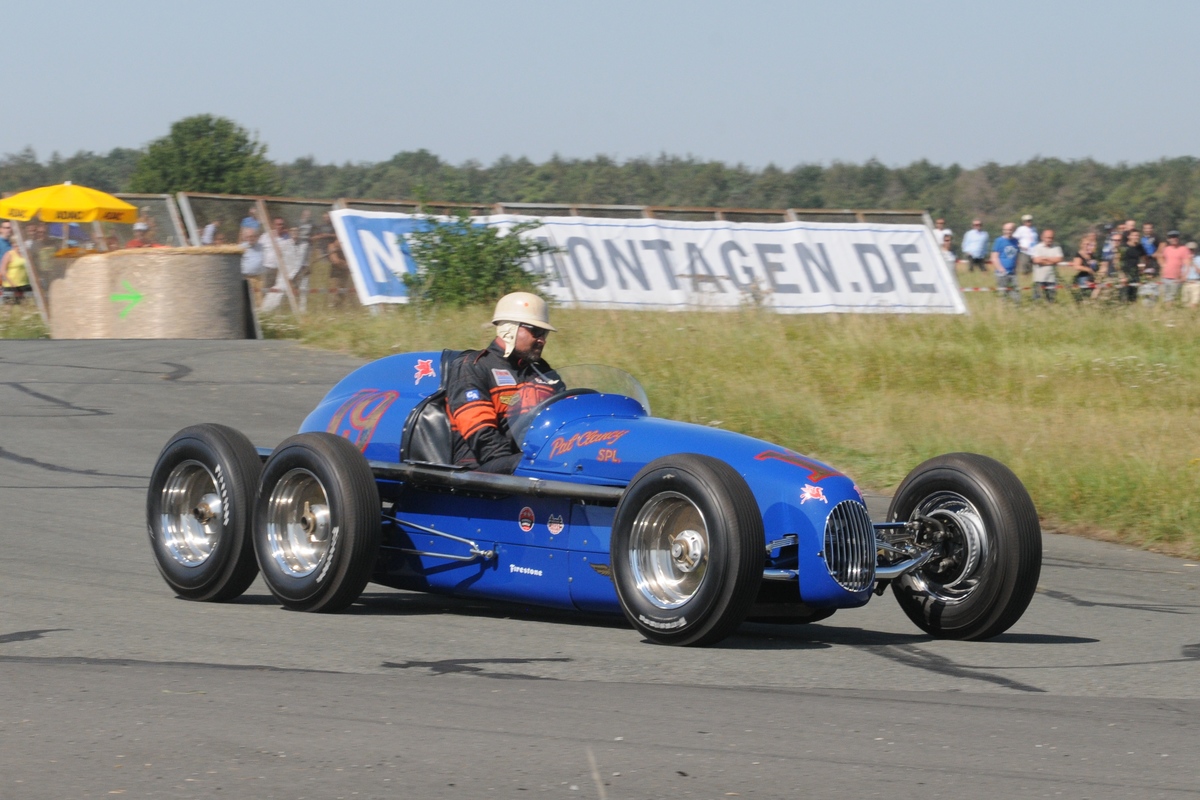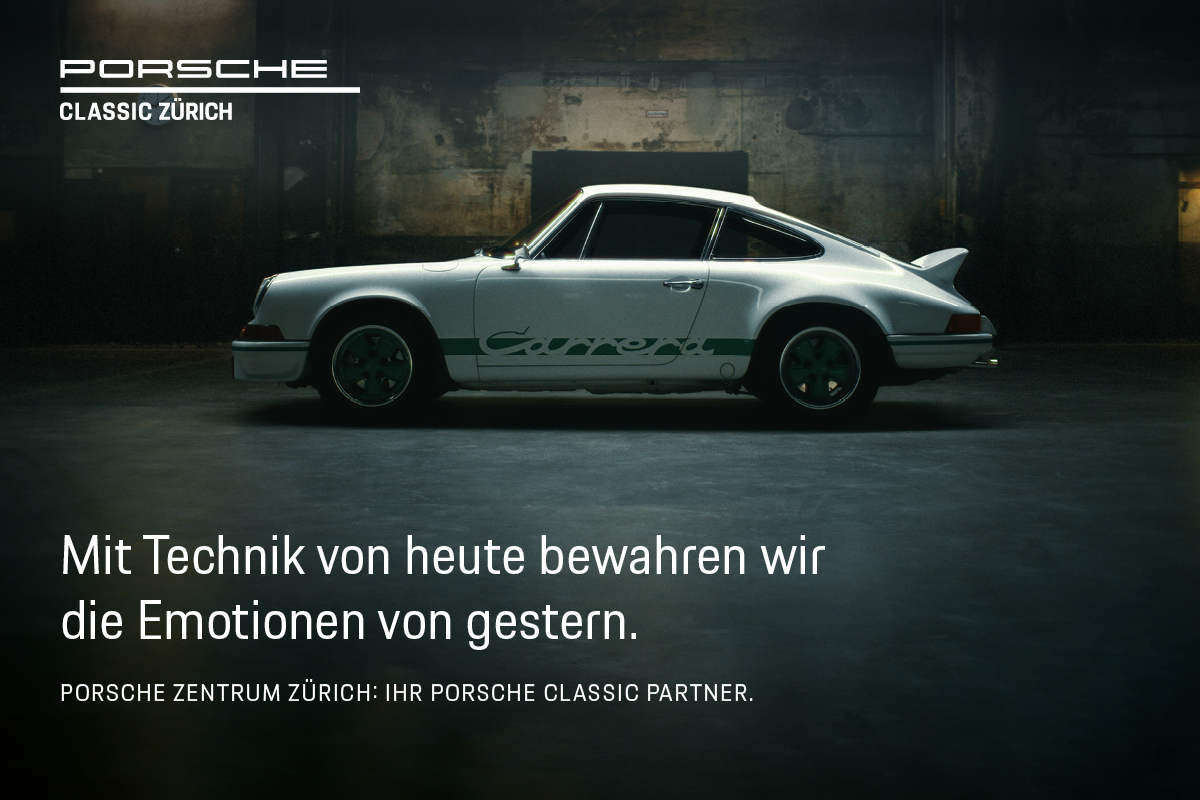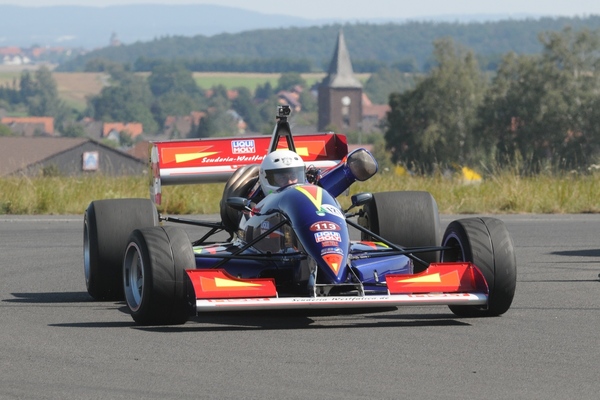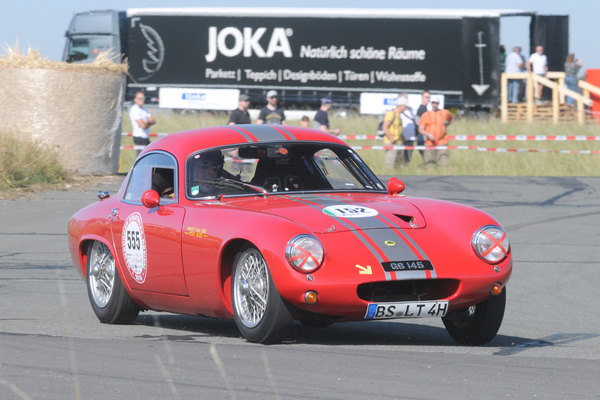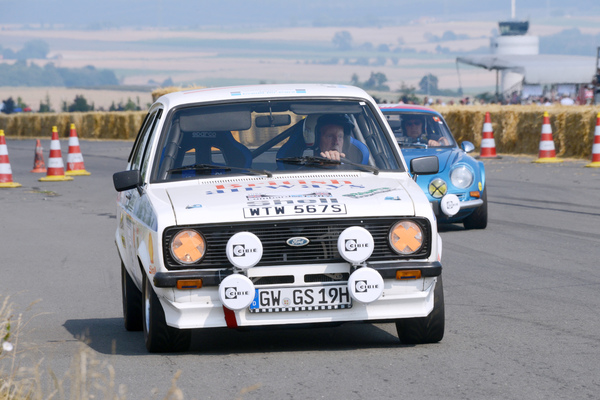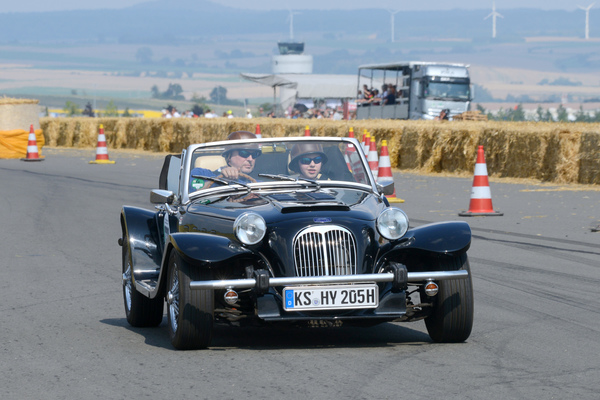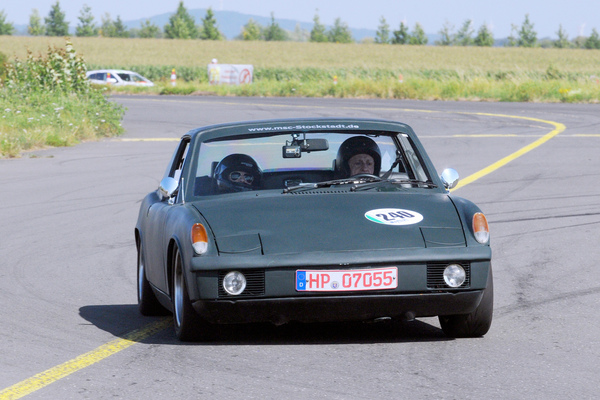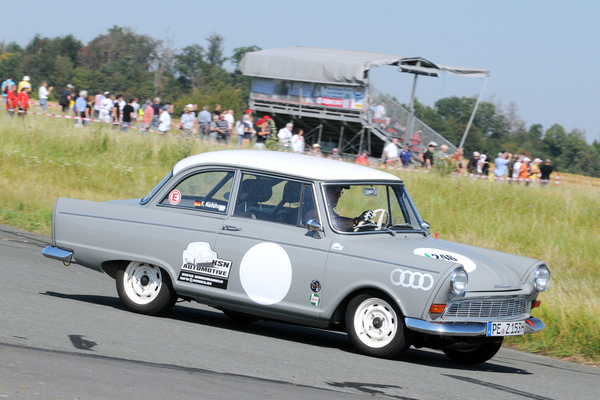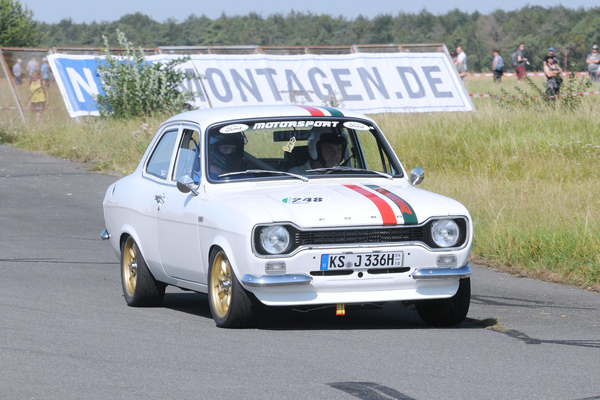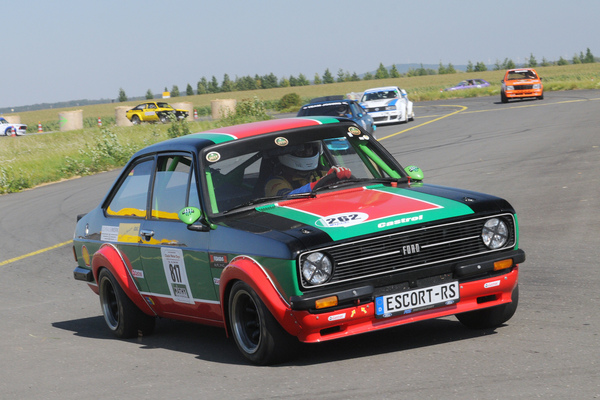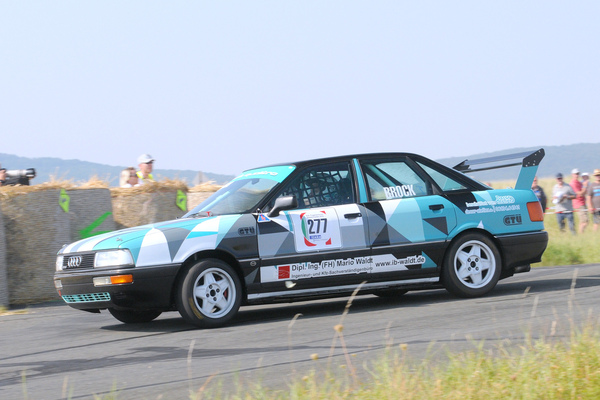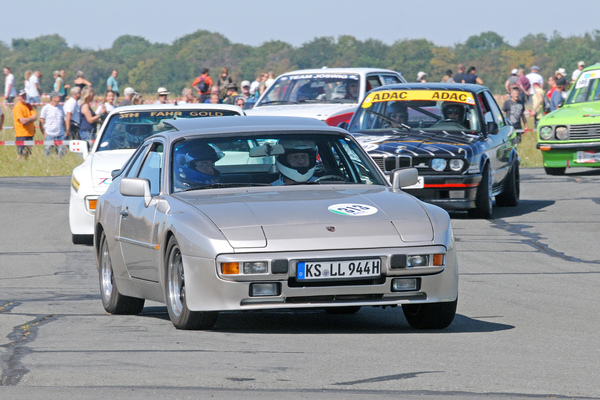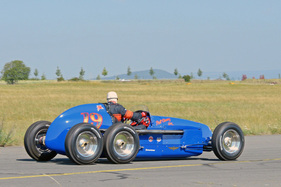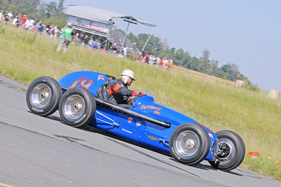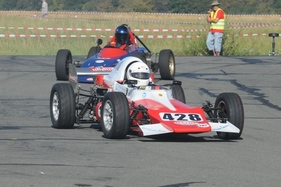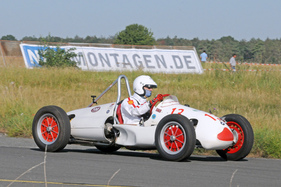The third edition of the Historic Airfield Race in Kassel-Calden from August 23 to 25, 2019 was a complete success. Over 8,000 spectators experienced a remarkable revival at the former Calden airfield over three days.
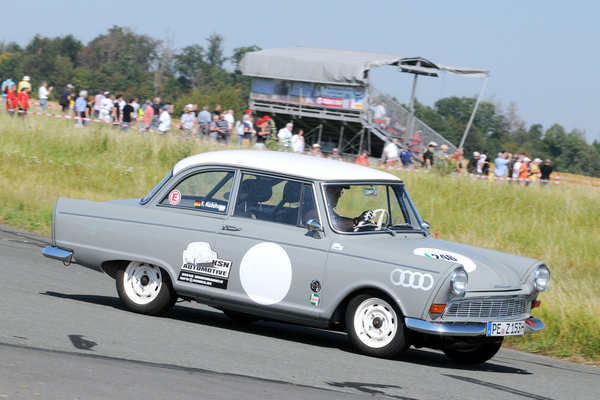
With over 400 starters, from two- and three-wheelers to six-wheelers and from pre-war vehicles to the classics of the future, everything you can imagine on a race track was presented. All non-stop and without breaks. On Saturday and Sunday, the fans were treated to over 30 demo runs in a row!
Direction of travel reversed
The organization team around Heinz W. Jordan had taken on board many suggestions and points of criticism from last year and incorporated them into the revised concept. The main change was not so much the route as the direction of the race.

Instead of clockwise, the 2.6 km long airfield runway was now used in an anti-clockwise direction. This meant that the curve at the beginning of the two-way runway in particular could be defused. Instead of the oncoming lane, a meadow now formed the run-off zone for the fastest bend on the course. However, this run-off zone was not used.

Apart from a crash involving a motorcyclist (broken collarbone), the entire event was largely accident-free.
Six-wheeled Indy monoposto a crowd favorite
The majority of the field was made up of the very broad-based North Hessian histo and youngtimer scene, but drivers from other parts of the country also made their way to Calden.

The most unusual car, a Kurtis Kraft Pat Clancy Special with two driven rear axles, was brought along by Heiko Budzynski. This extraordinary car had raced at Indianapolis in 1948 and 1949.

Clancy, active as a truck manufacturer in those days, had had the idea of building up significantly more grip with four driven wheels.
Billy De Vore had finished 12th in 1948, ten laps down. The following year, rookie Jackie Holmes retired after 65 laps with driveshaft damage. Ultimately, the concept failed due to the additional weight of over 100 kg, which could not be compensated for by the magnesium disc wheels used for the first time in Indy.
Ultimately, it was not a great success, but the concept was later imitated, for example in the form of a March Formula 1.
Today's driver Budzynski had no technical problems; he drove his blue car around the track without any problems and to the delight of the spectators.
Becoming a tradition
The event should have established itself as an integral part of the German histo scene after this third edition at the latest. Organizationally, there was little to complain about. One or two participants without an alternator in their racing car would have liked more power connections for charging, which is not always so easy to provide in the vastness of a disused airfield.

The more than 30 runs per day, all at once and without breaks, left little room for unforeseeable interruptions. At least the two formula classes could have been bundled into a single field.
Let's see what happens in Kassel Calden in 2020.
